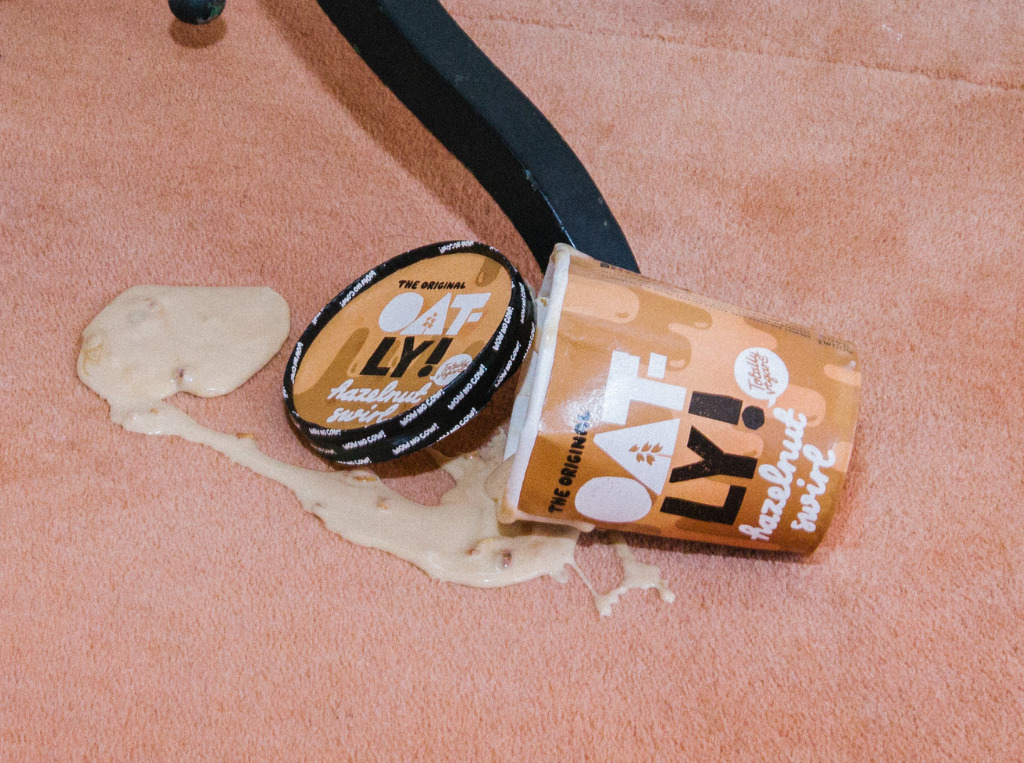10 Mins Read
As a company, Oatly isn’t a stranger to controversy. It’s had its fair share of ups and downs – and each of these has been well-documented. However, in the last year or so, there has been a steady drip of downs rather than ups, which has left the world’s biggest alt-milk company struggling, and we outline the biggest ones.
In recent times, Oatly has been a company making waves in the business and food industries, but it’s not all smooth sailing. The story behind Oatly’s journey has taken some unexpected twists and turns, leaving many curious minds to wonder, “What’s going on with Oatly?”
Oat milk has been the darling of the alt-milk world for some time now and for good reason. You could argue the Malmö-headquartered Swedish company, which was founded over 25 years ago by food scientist Rickard Öste and his brother Björn Öste, put oat milk on the map. The company was the first to do many things, including publishing its greenhouse gas emissions on its product labels, targeting coffee shop baristas as brand ambassadors, and using cheeky marketing campaigns to gain global attention.
In recent years, the plant-based milk sector, and oat milk specifically, has witnessed explosive growth, especially in the US, where it surpassed soy to be the second-most popular plant-based milk (behind only almond). Visit any coffee chain anywhere in the world, and chances are, they can make your latte with oat milk. Oatly is undoubtedly responsible for a large part of this.
However, the cost-of-living crisis has punctured the oat milk balloon. SPINS data reveals that retail sales of oat milk began to show year-on-year declines in the latest quarter in the US. This will hit oat milk brands hard, and not least Oatly, which has had a very rocky few years.
One of the key aspects that have sparked interest is Oatly’s rapid rise to fame. The company’s innovative branding and marketing strategies have catapulted it into the spotlight, attracting both loyal consumers and investors. But with this rapid growth comes scrutiny. Some experts have raised questions about the sustainability claims Oatly makes and whether the company’s production methods truly align with its eco-friendly image.
Controversies have also arisen around Oatly’s financial decisions and partnerships. As the company secured high-profile investments and partnerships, it has faced criticism for potential conflicts between its mission and its financial backers’ interests. This has led to debates about the balance between profitability and ethical considerations, leaving observers to ponder the path Oatly is taking.
Furthermore, Oatly’s expansion into international markets has encountered its fair share of challenges. Cultural differences and regulatory landscapes vary greatly from region to region, and Oatly has faced obstacles in maintaining a consistent image and message across different markets. This has triggered discussions about the complexities of global expansion for a brand rooted in specific values and messaging.
In the last 18 months or so, the world’s premier oat milk company has faced lawsuits, recalled and withdrawn products, seen sales and stocks plummet, and supplies hit – and that’s just the tip of the iceberg. Below, we take a closer look at what’s gone down in the Swedish plant-based giant’s backyard.
1. The stock crash
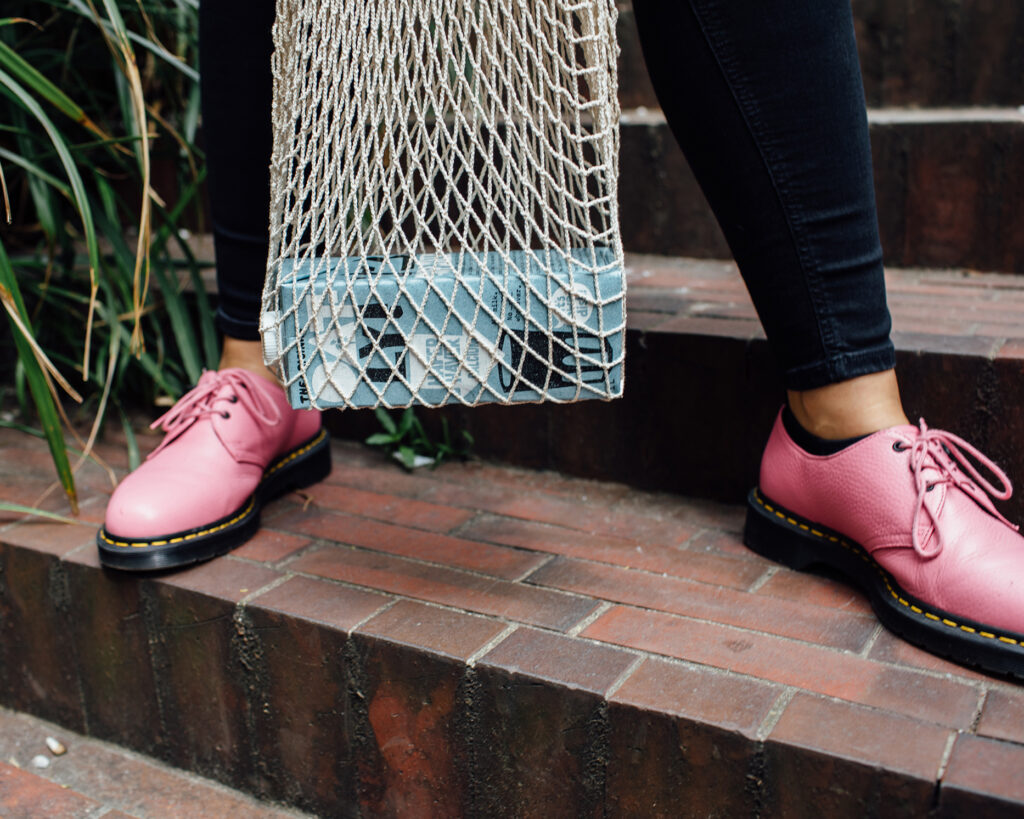
Oatly made a ton of waves leading up to its US IPO in May 2021, setting a mammoth $10B valuation after warding off the backlash from its Blackstone deal. Its first public trading day ended at $22, even though its stock was priced at $17. It was an incredible milestone for one of the plant-based industry’s giants.
But since then, its stock has crashed by as much as 94%, according to financial research company The Motley Fool, hovering at just under $3 in the past month. If the stock trades below $1 for over 30 days, it’s in danger of being delisted by the NYSE. So, what gives? A combination of the post-pandemic supply chain issues and the cost-of-living crisis have hit OTLY hard. While the company saw a 10% year-on-year revenue growth in Q2 2023, it has slashed its sales forecast for the year to less than half, down from 23-28% to 7-12% and investors can’t seem to rally behind it.
2. The supply chain issues
Oatly’s supply issues have been hit by a range of different events. For one, extreme heat led to severe droughts that ravaged oat crops in Canada and the US. The former saw oat production fall to an 11-year low, while the latter had its lowest oat yield ever.
Russia’s invasion of Ukraine – a major oat exporter – further exacerbated the shortage, as Ukraine placed an export ban on oats and wheat. Another contributing factor to raw material shortages was the rail shipping delays, brought upon by difficult weather conditions.
All this led to Oatly looking outside of its regular oat suppliers, pushing the cost of supply chain turbulence toward the consumer. It meant the world’s most famous oat milk became more expensive. The brand also announced three new global production facilities to address raw material shortages, but those plans are reported to have been shelved or put on hold due to high construction costs and supply chain issues.
3. The restructuring of manufacturing operations
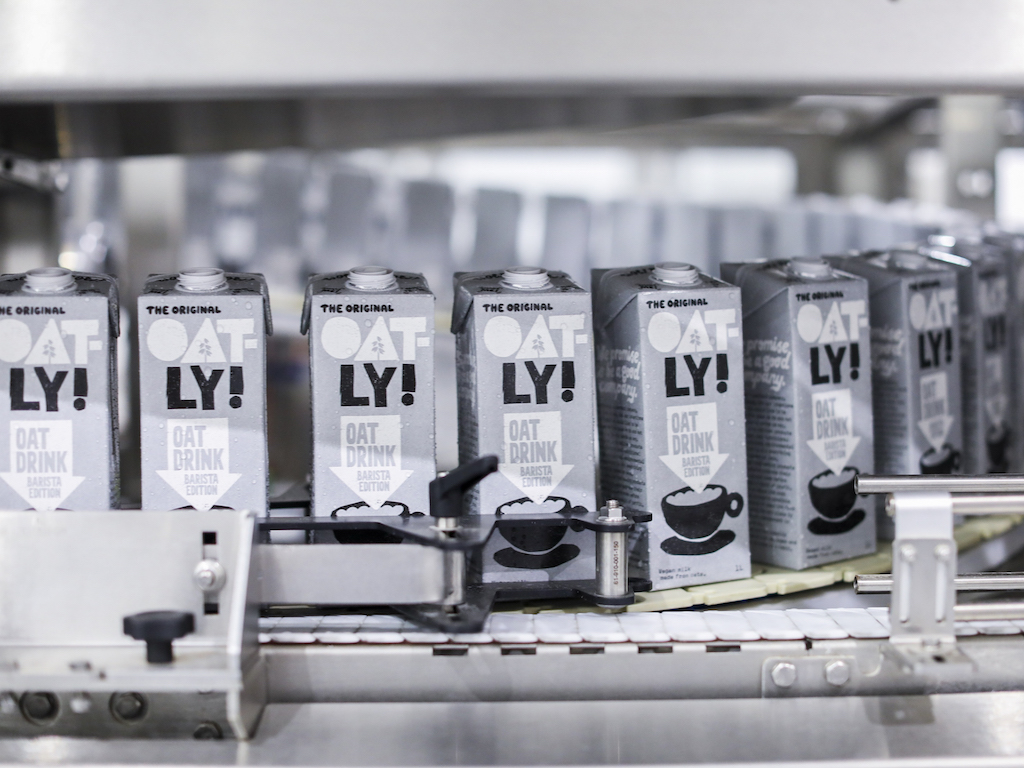
In November last year, Oatly posted below-expectation Q3 earnings, “largely driven by Covid-19 restrictions in Asia, production challenges in the Americas, and continued foreign exchange headwinds”. To address its supply chain issues and overhead costs, it announced plans to restructure its manufacturing operations and reduce headcount by 25% across Europe, the Middle East, and Africa (EMEA).
Calling it a “reset plan”, the business stated its intention to shift to a hybrid manufacturing model to reduce production costs across EMEA. “This move towards a more hybrid network is expected to significantly reduce our future capital expenditures and have a positive effect on our cash flow outlook,” then-CEO Toni Petersson explained. The company also looked to address issues at the Utah manufacturing plant that reduced its production.
4. The leadership changes
Speaking of CEOs and restructuring, Oatly has undergone major leadership changes in the last year. It tapped former Mars executive Jean-Christophe Flatin to replace the outgoing Petersson. This represents a significant change, given Petersson’s decade-long stint overseeing Oatly’s rise from niche fledgling to industry leader.
In June, Petersson stepped into the role of co-chair of the board as Flatin sought to turn the business’s fortunes around. The former played a key role in building Oatly’s brand, and this move was described as a shift from a marketing-focused CEO to an operations-led leader.
5. The product recall
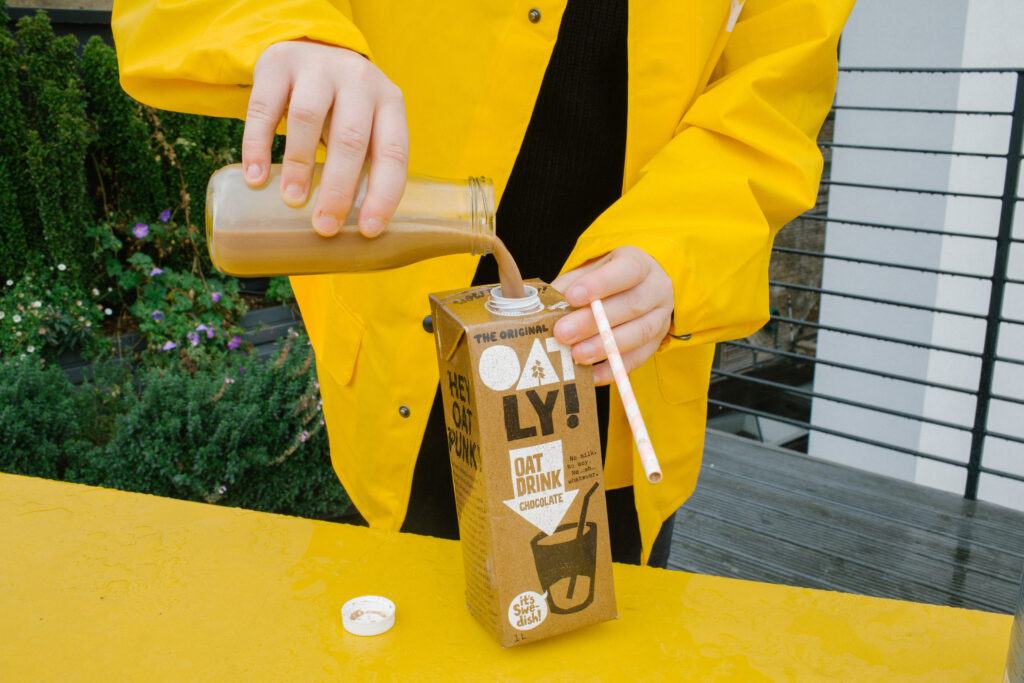
While Oatly has suffered multiple drops in its stock over the last 18 months, in November 2021, it saw a 20% fall in shares directly due to a warning about its products’ quality, as well as delivery delays.
The Swedish brand said it was “investigating a quality issue”, which later turned out to be a problem with one of its North American manufacturers, Lyons Magnus. Five of Oatly’s products were voluntarily recalled in August 2022, including two sizes of its specifically slim-packaged Barista oat milk, and three 11oz offerings comprising its original, Barista and chocolate milks.
The FDA warned people not to consume such products because they may be contaminated with cronobacter sakazakii and clostridium botulinum, which can lead to a host of health issues including food poisoning, UTIs, vision problems, and worst case, respiratory paralysis.
These contaminated packs of Oatly appeared on the shelves of Target and Starbucks, and both companies faced a subsequent class-action lawsuit by a customer who fell ill after consuming the oat milk. The entire ordeal also hit the alt-dairy giant’s reputation in an increasingly post-Covid health-conscious world.
6. The product withdrawal
In the UK, Oatly pulled back its range of vegan ice-cream tubs earlier this year. “We launched an ice-cream tub which has been successful, was on sale in many markets, and does very well for Oatly,” a spokesperson told FoodNavigator. “But it didn’t hit the milestones we expected from a UK perspective… Like most businesses, we’re always looking to review our ranges, working out what’s working …and we decided that the ice cream tubs weren’t working well enough for us.”
Explaining the decision to the Guardian, the company hinted at a struggle with increased competition: “Given a number of our plant-based friends are doing great work on this shelf already, we made the decision to move away from ice-cream tubs in the UK for now.”
With a growing number of competitors in the global alt-dairy space, Oatly no longer has the market dominance it once enjoyed, as it faces off against legacy, novel and private-label brands, especially as consumers have their wallets squeezed.
The alt-dairy aisle is a crowded space. Just in the UK, where it withdrew its ice-cream tubs, oat milk brands include the likes of Alpro Oat, Califia Farms, Mighty, Innocent, Minor Figures, Rude Health and Oaty Bruce – to name just a few. And this is before we start accounting for supermarket own-label milks – all of the UK’s biggest grocers have introduced their own oat drink at similar or lower price points, with many even launching barista editions.
7. The ad ban
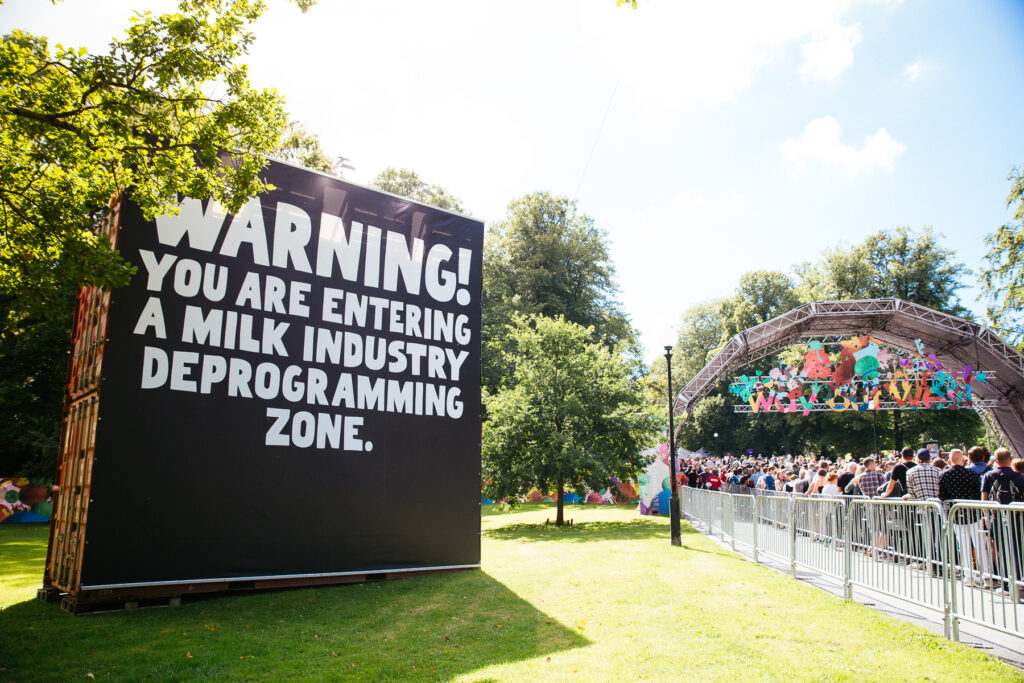
In January 2022, Oatly was hit by an ad ban by the UK’s Advertising Standards Authority (ASA), following 109 consumer complaints. For a brand that prides itself on its marketing prowess, this was a big blow.
The ASA argued that one of Oatly’s ad campaigns contained unsubstantiated environmental claims in its comparison of oat milk with conventional dairy. For example, one commercial – with the tagline “Need help talking to dad about milk?” – stated that Oatly generates 73% fewer carbon emissions than milk. The comparison was between Oatly Barista and full-cream milk, but the ASA said consumers would understand it to mean all of Oatly’s products.
In two newspaper ads, the oat milk giant stated that more than a quarter of global emissions come from the food industry, with meat and dairy accounting for half of that. The ASA called the ad “misleading”, saying that Oatly had included fish and eggs as part of meat and dairy, but people may assume it has a narrower definition.
It affected an already-hit reputation, with the brand facing three lawsuits in New York after being accused of greenwashing by investors in 2021. Oatly also had to pause promotional activities in the last two years due to supply chain problems – and promised to go on the offensive this year with its promotions, despite marketing guru Peterson’s shift to a board position.
8. The risky PR campaign
Last October, the company took its bold and wacky brand image to a new level with F*ck Oatly, a website listing all the various controversies the brand has faced in recent years. Oatly calls it a “site devoted to helping our fans – and the thousands of people who hate us – better understand everything that’s ‘wrong’ with our company”, adding that “it’s super convenient to have the latest boycotts and criticisms all in one place”.
It recounts the Blackstone controversy, its Glebe Farm lawsuit, and the TikTok outroar about its ingredients list, among others. The website has also spawned four sister sites (Fckfckoatly.com, Fckfckfckoatly.com, and so on), where you can register your hate with a click. Thousands have already done so (of course, that is part of the fun).
While it’s an exercise in transparency – “we’re not the type of company to hide from moments like these” – it’s also a risky PR strategy. Data journalist Clara Murray argues that wanting to “have the last word in an Instagram comment war” is petty, and criticised Oatly for showing “no empathy” for Glebe Farm, who was hit with a £300,000 legal bill.
Murray also points out that the website excludes the UK ad ban. She concludes: “The biggest problem I have with F*ck Oatly might be the most obvious one: it neatly compiles a host of negatives that most consumers have probably long forgotten.”
9. The Asian decline
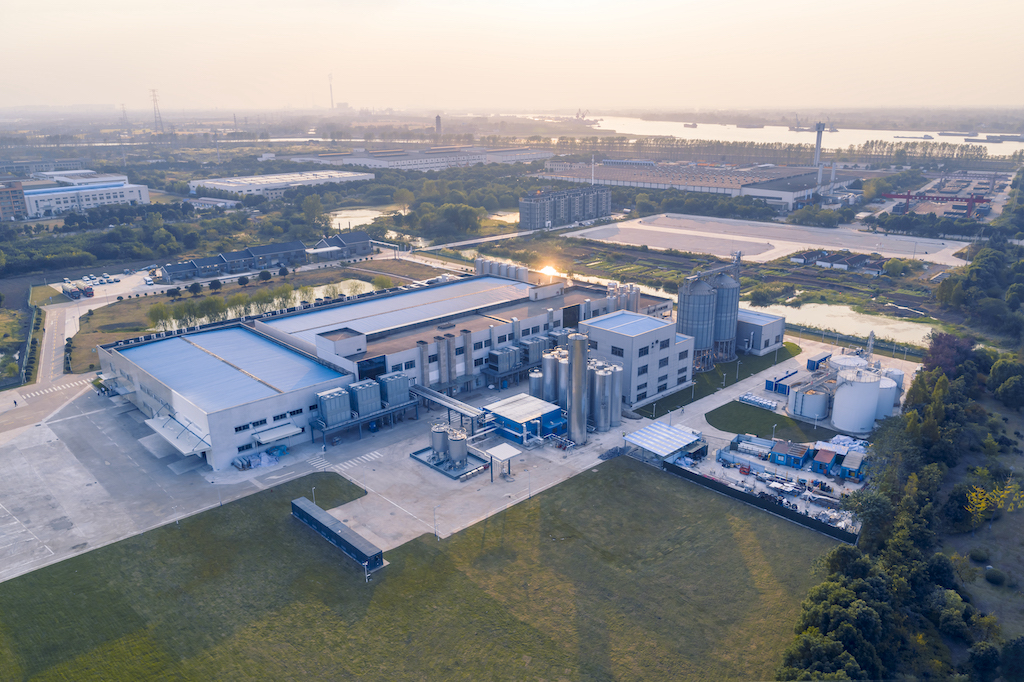
When Oatly cut its revenue forecast this year, the market that saw the biggest fall was Asia, with a near 15% drop in quarterly sales. The brand had been expanding in Asia, with a new factory opening in China and a joint facility in Singapore – when Oatly launched in the Lion City in 2020, its own survey found that a third of Singaporeans hadn’t heard of plant-based milk.
Oatly planned to change that and increase awareness, but it seems it hasn’t worked out that way. Domestic competitors have encroached on market share and the company blames its decline in Asia, which represents 19% of its market revenue, on “a slower-than-expected post-Covid-19 recovery in China”. This is despite a rise in plant-based milk adoption in the continent, where soy (understandably) reigns supreme.
The brand’s COO Daniel Ordonez said it can’t continue to justify “significant investments with uncertain payoffs”: “We will be therefore slowing down on SKU expansion and eliminating many unnecessary SKUs… and migrating to a more simplified cost structure.”
Flatin added: “We are refocusing on our core business, which means food service and very few key retail partners only in key cities.”
Going forward, can the once-pioneering company turn things around? The jury’s still out, but given the brand’s track record, it would be foolish to discount it.


